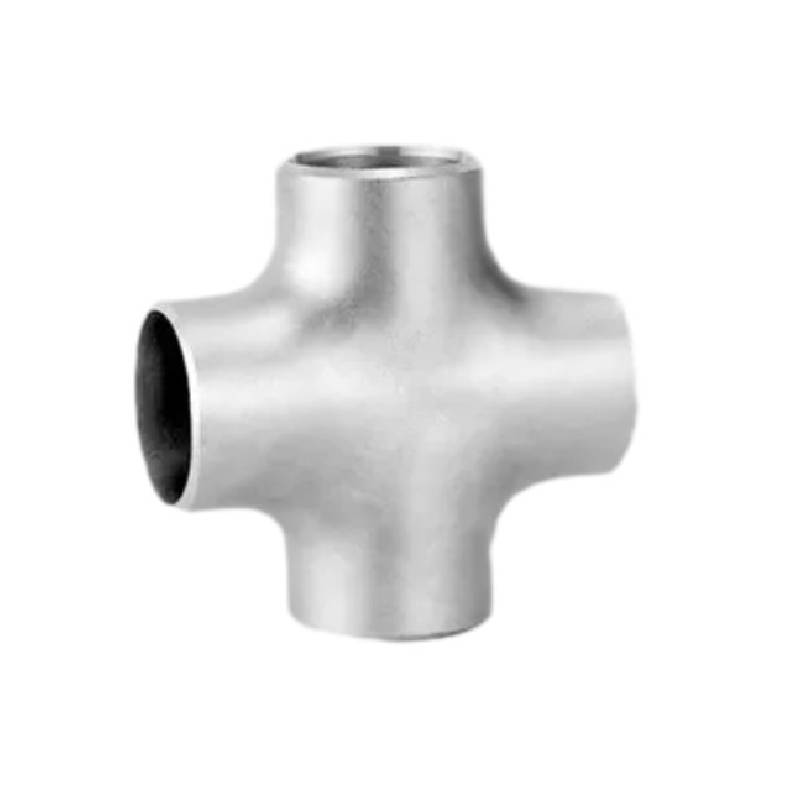-
Cangzhou Yulong Steel Co., Ltd.
-
Phone:
+86 13303177267 -
Email:
admin@ylsteelfittings.com
- English
- Arabic
- Italian
- Spanish
- Portuguese
- German
- kazakh
- Persian
- Greek
- French
- Russian
- Polish
- Thai
- Indonesian
- Vietnamese
- Zulu
- Korean
- Uzbek
- Hindi
- Serbian
- Malay
- Ukrainian
- Gujarati
- Haitian Creole
- hausa
- hawaiian
- Hebrew
- Miao
- Hungarian
- Icelandic
- igbo
- irish
- Japanese
- Javanese
- Kannada
- Khmer
- Rwandese
- Afrikaans
- Albanian
- Amharic
- Armenian
- Azerbaijani
- Basque
- Belarusian
- Bengali
- Bosnian
- Bulgarian
- Catalan
- Cebuano
- China
- China (Taiwan)
- Corsican
- Croatian
- Czech
- Danish
- Esperanto
- Estonian
- Finnish
- Frisian
- Galician
- Georgian
- Kurdish
- Kyrgyz
- Lao
- Latin
- Latvian
- Lithuanian
- Luxembourgish
- Macedonian
- Malgashi
- Malayalam
- Maltese
- Maori
- Marathi
- Mongolian
- Myanmar
- Nepali
- Norwegian
- Norwegian
- Occitan
- Pashto
- Dutch
- Punjabi
- Romanian
- Samoan
- Scottish Gaelic
- Sesotho
- Shona
- Sindhi
- Sinhala
- Slovak
- Slovenian
- Somali
- Sundanese
- Swahili
- Swedish
- Tagalog
- Tajik
- Tamil
- Tatar
- Telugu
- Turkish
- Turkmen
- Urdu
- Uighur
- Welsh
- Bantu
- Yiddish
- Yoruba

Oct . 02, 2024 00:42 Back to list
API 5L X42 Pipe Standards and Specifications Overview for Industries and Applications
Understanding API 5L X42 Pipe Specification
The API 5L X42 pipe specification is a crucial standard in the oil and gas industry, particularly when it comes to the transportation of natural gas and petroleum products. Developed by the American Petroleum Institute (API), this specification outlines the requirements for the manufacturing, testing, and inspection of steel pipes used in pipeline transportation systems.
Key Features of API 5L X42
1. Material Grade The 'X' in X42 denotes the minimum yield strength of the pipe, which is 42,000 psi (pounds per square inch) or approximately 290 MPa (megapascals). This strength makes it suitable for high-pressure applications, which is particularly important in oil and gas pipelines where maintaining integrity under pressure is critical.
2. Manufacturing Process API 5L X42 pipes are typically manufactured using either the seamless or welded process. Seamless pipes are forged from a solid round steel billet, while welded pipes are produced by rolling steel plates and welding the edges. Each manufacturing method has its advantages, with seamless pipes offering higher purity and structural integrity, while welded pipes can be produced in larger diameters more cost-effectively.
3. Chemical Composition The specification requires certain chemical compositions for X42 pipes, typically including carbon, manganese, phosphorus, sulfur, and silicon. The controlled chemical composition ensures the pipe's ability to withstand environmental factors such as pressure, temperature fluctuations, and corrosive substances.
4. Mechanical Properties In addition to yield strength, API 5L X42 pipes must demonstrate specific mechanical properties, including tensile strength, elongation, and impact toughness. These properties are critical for the performance of pipes in challenging conditions, ensuring they can endure stresses encountered during transportation and installation.
5. Coating and Anticorrosion Measures To enhance the durability of the pipes, especially when buried underground or submerged, companies often apply protective coatings. Standard coatings include polyurethane, epoxy, and polyethylene to prevent corrosion and extend the life of the pipeline.
api 5l x42 pipe specification

6. Testing and Quality Control Compliance with API 5L X42 requires rigorous testing procedures. Each batch of pipe is subjected to non-destructive testing (NDT) methods such as ultrasonic testing, radiography, and magnetic particle inspection to identify any flaws or weaknesses. This quality control process is vital in ensuring that the pipes meet the stringent requirements set by the API.
Applications of API 5L X42 Pipes
The application of API 5L X42 pipes is widespread, particularly in the infrastructure of natural gas transmission and oil distribution systems. They are often found in
- Transmission Pipelines API 5L X42 pipes play a crucial role in long-distance transport of gas and oil, connecting distant production sites to processing and distribution centers. - Distribution Networks These pipes are essential components of regional distribution networks, ensuring the reliable delivery of hydrocarbons to consumers and industries.
- Refineries and Processing Plants They are utilized within the facilities that process crude oil and gas, contributing to the safe and efficient management of these resources.
Conclusion
In summary, the API 5L X42 pipe specification serves as a cornerstone for the safe transport of oil and gas. The stringent requirements for material properties, manufacturing processes, and quality control ensure that these pipes can withstand the rigorous demands of their applications. As the energy sector continues to evolve, adherence to such robust specifications becomes even more important in ensuring the safety and reliability of pipeline systems worldwide. Whether in the context of new installations or maintenance of existing infrastructures, the use of API 5L X42 pipes represents a commitment to quality and engineering excellence in the energy industry.
Latest news
-
ANSI 150P SS304 SO FLANGE
NewsFeb.14,2025
-
ASTM A333GR6 STEEL PIPE
NewsJan.20,2025
-
ANSI B16.5 WELDING NECK FLANGE
NewsJan.15,2026
-
ANSI B16.5 SLIP-ON FLANGE
NewsApr.19,2024
-
SABS 1123 FLANGE
NewsJan.15,2025
-
DIN86044 PLATE FLANGE
NewsApr.19,2024
-
DIN2527 BLIND FLANGE
NewsApr.12,2024
-
JIS B2311 Butt-Welding Fittings LR/SR 45°/90° /180°Seamless/Weld
NewsApr.23,2024











